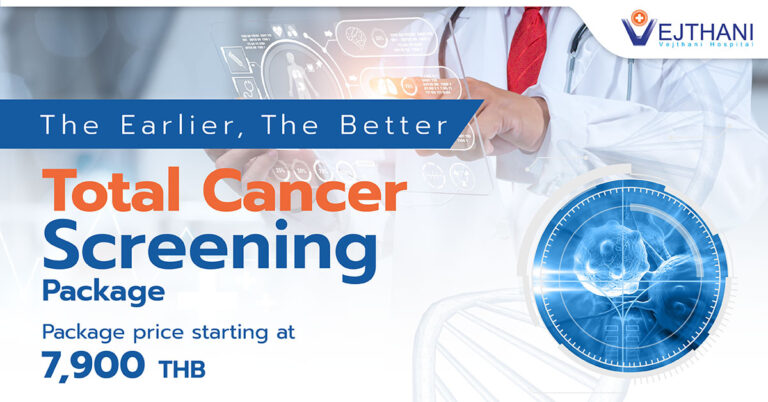
Health Articles
Rhinoplasty Augmentation
ABOUT THE PROCEDURES
Rhinoplasty can reduce, or increase the size of nose, change the shape of the tip, or the bridge, narrow the span of the nostrils, or change the angle between nose and upper lip.
WHO NEEDS RHINOPLASTY
Rhinoplasty can be performed to meet aesthetic goals or for reconstructive purposes-to correct birth defects or breathing problems.
THE PROCEDURE RISK
There is a possibility of complications, including infection, nosebleeding, or a reaction to the anesthesia.
PREPARATION BEFORE SURGERY
The surgeon will evaluate the structure of your nasal bones and cartilage, the shape of your face, the thickness of your skin, and your age.
You have to inform your surgeon if you’ve had any previous nose surgery or an injury to your nose. You should also inform your surgeon if you have any allergies or breathing difficulties, if you’re taking any medications, vitamins, or recreational drugs, and if you smoke.
THE SURGERY
Incisions are made inside the nostrils, or at the base of the nose, providing access to the cartilage and bone, which can then be sculpted into shape.The surgeon removes the hump using a chisel, or a rasp, then brings the nasal bones together to form a narrower bridge. Cartilage is trimmed to reshape the tip of the nose.When the surgery is complete, a splint made of tape, and an overlay of plastic, metal, or plaster is applied to help the bone and cartilage of the nose maintain their new shape.
ANESTHESIA TECHNIQUE
Rhinoplasty can be performed under local or general anesthesia, depending on the extent of the procedure.
LENGTH OF SURGERY TIME
Rhinoplasty usually takes an hour or two.
LENGTH OF STAY IN HOSPITAL AFTER SURGERY
Rhinoplasty is usually done as outpatient case. Complex procedures may require a short inpatient stay.
TAKING CARE AFTER SURGERY
After surgery; during the first twenty-four hours, your face will feel puffy, your nose may ache, and you may have a dull headache. You should be staying in bed with your head elevated for the first day.
The swelling and bruising around your eyes will increase at first, reaching a peak after two or three days. Applying cold compresses will reduce this swelling and make you feel a bit better.A little bleeding is common during the first few days following surgery.
If you have nasal packing, it will be removed after a few days.By one, or two weeks, all dressings, splints, and stitches should be removed.
RECOVERY
Most rhinoplasty patients are able to return to work within a week, or so following surgery.
You should try to avoid strenuous activity (jogging, swimming, bending, sexual relations-any activity that increases your blood pressure) for two to three weeks. Avoid hitting or rubbing your nose, or getting it sunburned, for eight weeks. Be gentle when washing your face and hair, or using cosmetics.























